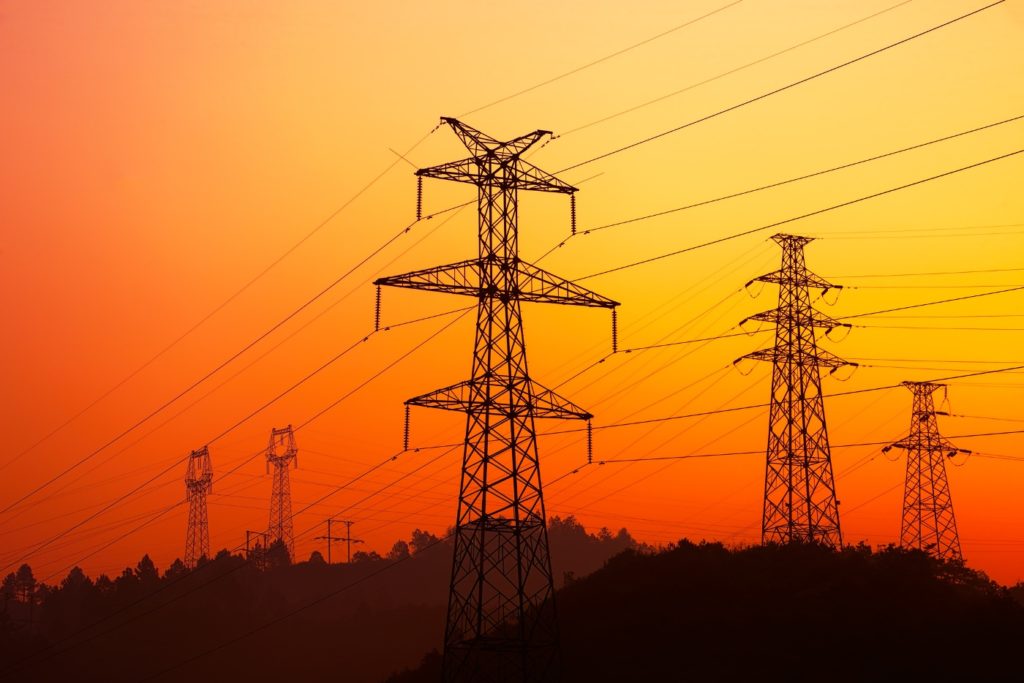
Summary: In January 2016, DOE announced funding of up to $220 million over three years for DOE’s National Laboratories and partners, including NRECA, for the Grid Modernization Laboratory Consortium (GMLC). NRECA is participating in five GMLC projects and received a total of $474,762.
Bottom Line: Because of their consumer-focused nature and their flexibility to adapt, co-ops are natural incubators of innovation and modern technology. NRECA’s Business and Technology Strategies unit is leveraging federal funding by working with to spur innovation and prepare for tomorrow’s energy needs
Background:
• The five projects NRECA is participating are a part of three of GMLC’s major project themes: Smart Grid, Cybersecurity for Energy Delivery Systems, and Crosscutting Activities.
• The Energy Department’s Grid Modernization Initiative (GMI) is a comprehensive effort to help shape the future of the nation’s grid. Its goal is to successfully integrate conventional and renewable energy sources with energy storage and smart buildings, while ensuring that the grid is able to withstand growing cybersecurity challenges.
• Through the GMI and its Multi-Year Program Plan, DOE will help frame new grid architecture design elements; develop new planning and real-time operations platforms; provide metrics and analytics to improve grid performance; and enhance government and industry capabilities for designing the infrastructure and regulatory models needed for successful grid modernization.
• The GMLC recognizes regional differences and focuses on strengthening regional strategies while defining a diverse and balanced national strategy. In addition to projects that address the needs of incorporating individual grid technologies like solar or energy storage, DOE is also developing crosscutting projects that have impact across multiple technologies.
NRECA’s National Laboratories Partners:
• Argonne (ANL); Lawrence Berkeley (LBNL); Lawrence Livermore (LBNL); National Renewable Energy (NREL); Pacific Northwest (PNNL); Sandia SNL); Los Alamos (LANL); Idaho (INL); and Oak Ridge (ORNL)
NRECA received funding for the following projects:
1) LPNORM: A LANL, PNNL, and NRECA Optimal Resiliency Model
• Project Goal: Develop and deliver a software tool for designing resilient distribution grids to support DOE’s goal of “10% reduction in the economic costs of power outages by 2025.”
• Other Partners: University of Michigan
• DOE Funding: $1.8 million proposed over three years; NRECA received $224,762
• Co-op Partners: Sulphur Springs Valley EC; Shenandoah Valley EC; Wake Electric; Horry Electric; Maquoketa Valley EC; United Cooperative Services; EnergyUnited
2) MultiSpeak®—Secure Protocol Enterprise Access Kit (MS-SPEAK)
• Project Goal: Create an enterprise service bus for MultiSpeak®
• Other Partners: NRTC
• DOE Funding: $1.65 million proposed over three years; NRECA received $250,000
NRECA is working with the National Labs as an Industry Advisor for the following projects:
1) Distribution System Decision Support Tools
• Project Goal: Develop tools, identify gaps and provide technical assistance/training targeted at state regulators and small/medium utilities on advanced distribution system planning for a modernized grid that incorporates high levels of distributed energy resources.
• Other Partners: APPA, Interstate Renewable Energy Council, National Grid, Arizona Public Service Company, Black and Veatch
• Co-op Partners: Pedernales Electric Cooperative
2) Development of Integrated Transmission, Distribution, and Communication (TDC) Models
• Goal: Develop an integrated, flexible, open source framework for coupling TDC models and simulations. Validate framework and models on hardware testbed. Demos with partners will include distributed/wide area controls and distributed energy resources.
• Other Partners: Southern California Edison, National Grid, PJM, Peak Reliability, California ISO, New York ISO, ERCOT
3) Threat Detection and Response with Data Analytics
• Project Goal: Develop technologies and methodologies to protect the grid from advanced cyber and all-hazard threats through the collection of disparate data and the employment of advanced analytics for threat detection and response.
• Other Partners: Electric Power Board
Credit: NRECA Business and Technology Strategies Unit, May 2017